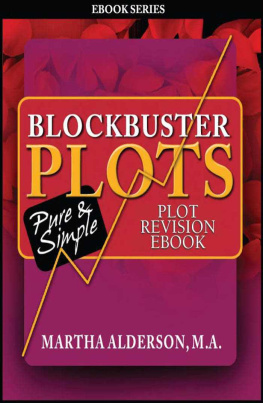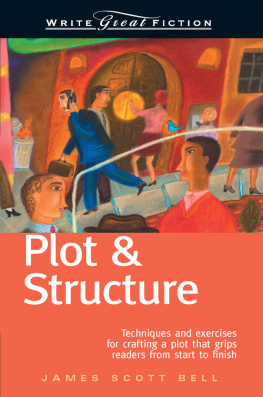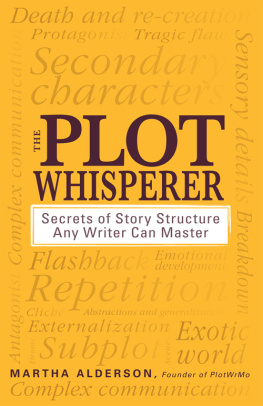Table of Contents
PLOT BASICS
PLOT YOUR NOVEL OR SCREENPLAY IN EIGHT SEQUENCES
PAUL TOMLINSON
Copyright 2017 by Paul Tomlinson
All rights reserved. This book may not be reproduced or transmitted, in whole or in part, or used in any manner whatsoever, without the express permission of the copyright owner, except for the use of brief quotations in the context of a book review.
First published September 2017
Publisher: Paul Tomlinson
Cover image and design 2017 by Paul Tomlinson
For more writing guides and advice visit:
www.paultomlinson.org/how-to
Introduction: Plot versus Character
This is a book about plot. The clue is in the title. When you are writing a novel or a screenplay, you dont need characters, but you do need plot. All those childrens stories, fairy tales, myths, legends, and folktales that we grew up with didnt concern themselves with character growth. They just got on and told us a story. Characters just get in the way of a good story. You know what theyre like, always chattering away: Wheres my backstory? Whats the nature of my psychic wound? I need a development arc! Me, me, me. And before you know it, youve lost sight of your plot and youre wondering why the middle of your story is sagging.
Im only half-kidding here. I do think that if we get too caught-up in thinking about character, we risk forgetting how important it is to get plot right.
Plot is the most important thing in a story. You can have characters fresh out of Flatland, and dialogue straight out of the poorest daytime soap opera, and readers will still enjoy your story as long as you have a strong plot. Check out the novels that have made it on to the bestseller lists over the years, and youll find many that have cardboard people spouting on the nose dialogue but millions of readers still bought them. Because they had an attractive premise that was explored via an effective plot. Of course, some bestseller writers create three-dimensional characters to people their plots, but the bestseller that features characters without a plot is so rare as to be almost non-existent.
The same with movies, though its easier to see the importance of plot when films fail. A film can have great actors, special effects, locations, and snappy dialogue, but fail to engage an audience because there is no real plot as such. No one really cares why the characters are doing what theyre doing and saying what theyre saying. Readers and movie-goers like strong plots.
Plot matters. Yes, you will want to have three-dimensional characters and sparkling dialogue. And deep themes and fully-realised settings. But none of these will sell your story if it doesnt have a fully-functioning plot.
Do You Need This Book?
Do you really want another book on writing? And if you do, do you need this one? Let me tell you what Im going to include in the following pages, and then you can decide.
My aim is to give you an aerial view of plot structure, of the very basics, so that you can see what should go where and how the different parts fit together. Well start with a long shot, and then zoom in closer to examine the parts in more detail.
Im going to show you how you can break your story into manageable chunks, using a three-act, eight-sequence model that was developed for screenwriting. Why would you use a screenplay model for writing novels? Plotting for screenplays has been studied and developed continuously since the early days of cinema and has been refined to the point where you can find a complete, simple model for constructing an effective plot. There hasnt been a similar development of a theory for plotting novels. I dont believe that there is a great deal of difference between plots for films and those for novels, since both developed from dramatic theories originally developed for theatre. I dont intend to spend any time covering the historical development of plot theory because I want to concentrate on practical tools.
I am not going to tell you that the eight-sequence model is the way to plot a story, but it is one way. It is a tool that I think you will find useful. And it is flexible enough that you can use it in conjunction which any other theories of storytelling that you find helpful, whether its the heros journey, or Plotto or whatever.
By showing what goes where this model for plotting also tells you what you need to have in place in order to write an effective story. The raw ingredients that you will need. This should enable you to look at your initial story idea, and evaluate it to see whether it has everything necessary to create a successful plot for a novel or screenplay. And it will give you some pointers of what you need to add or develop if your story comes up short after this first analysis.
I should make it clear from the outset that I am only covering plots for long-form stories here: novels and feature-length screenplays. It can probably be adapted for full-length theatrical plays as well, but that is not an area where I have any experience. Short stories, television episodes, sitcoms, and one-act plays require a different approach and are beyond the scope of this book.
Plot First, Write Later. Or Not
You should write down your basic plot before you begin writing. I can almost hear the wailing and gnashing of teeth from certain quarters. From those who claim that working out the plot beforehand stifles my creativity, and from those who proudly declare I am a pantser! Please give me another 30 seconds of your time before you reach for the remote and flip channels.
By plotting your story, I do not mean writing a twenty-page outline that sets down every detail of your story from beginning to end. If youre writing a novel or the first draft of a screenplay, that level of outlining can stifle your enthusiasm for a project: Who wants to write a story theyve already told?
No. What I am talking about is a couple of pages or so where you set down the main plot points of your story that is the six major turning points plus the climax. Thats all you need. And it is actually pretty easy to figure these things out, based on a plot pattern that almost all popular stories share.
I am not saying that there is a formula. There is no magic recipe for creating a novel or a screenplay. But popular stories do share some common features an overall pattern or shape. This is something that many successful writers pick up subconsciously from their own reading. And it is something that readers expect, without even being aware of it. There are other story patterns, but this one is easy to understand and easy to explain.
Still not convinced? How about if I told you that a few hours spent preparing your underlying plot would enable you to sit down and write your novel or screenplay more quickly? Or if I told you that it almost guarantees that youll never suffer from writers block, because you will always know what comes next and why? And that it means your first draft will be structurally sound, and only need minor edits before you do your final polish? And that it will help you figure out what to do if things go wrong? And that it can make your writing time more rewarding and enjoyable because if you feel that you know what youre doing, its bound to be more fun? Unless you enjoy feeling lost and confused and inadequate to the task.
Theres none so pure as a reformed whore, or so they say. Im probably only semi-reformed. I used to hate plotting. Before I started using this plotting technique, it would take me a year or eighteen months to complete the first draft of a novel-length story. And Id end up with something that I wasnt entirely happy with. In my gut, Id know that this poorly formed thing didnt really work, but I was never sure why. And I would start many, many projects that I could never finish. Novels and screenplays that would just fizzle out because I didnt know how to complete them. I had notebooks full of great ideas that I did not know how to develop into finished stories.

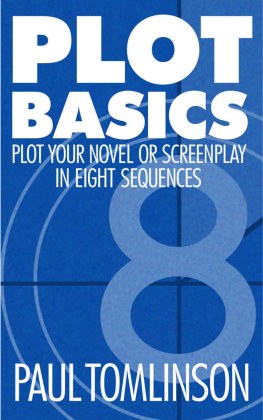

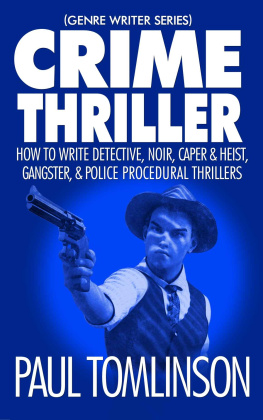
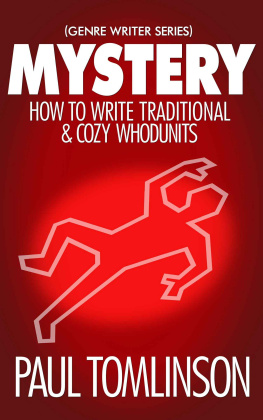
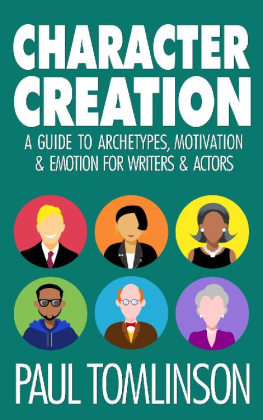
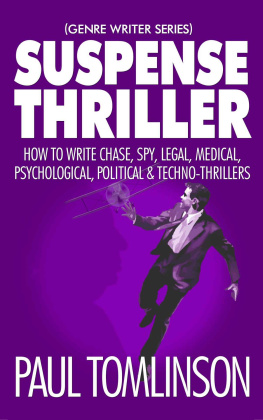
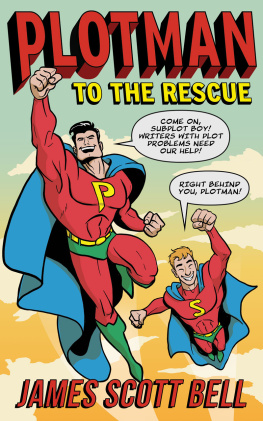

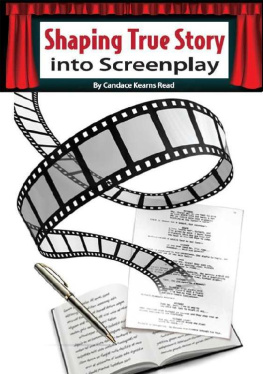
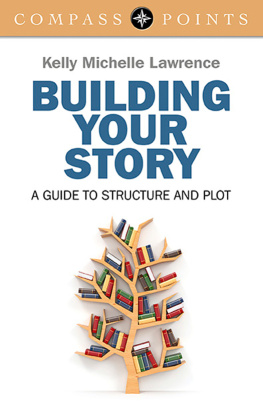
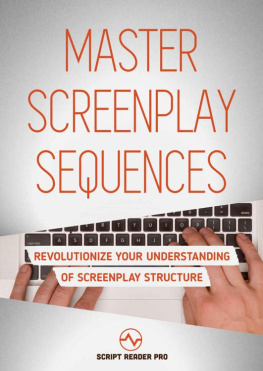
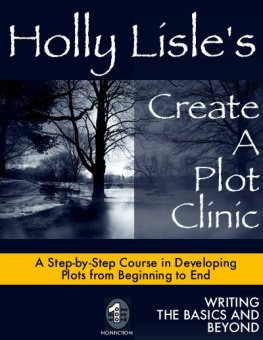
![Watt - The 90-day screenplay : [from concept to polish]](/uploads/posts/book/103527/thumbs/watt-the-90-day-screenplay-from-concept-to.jpg)
